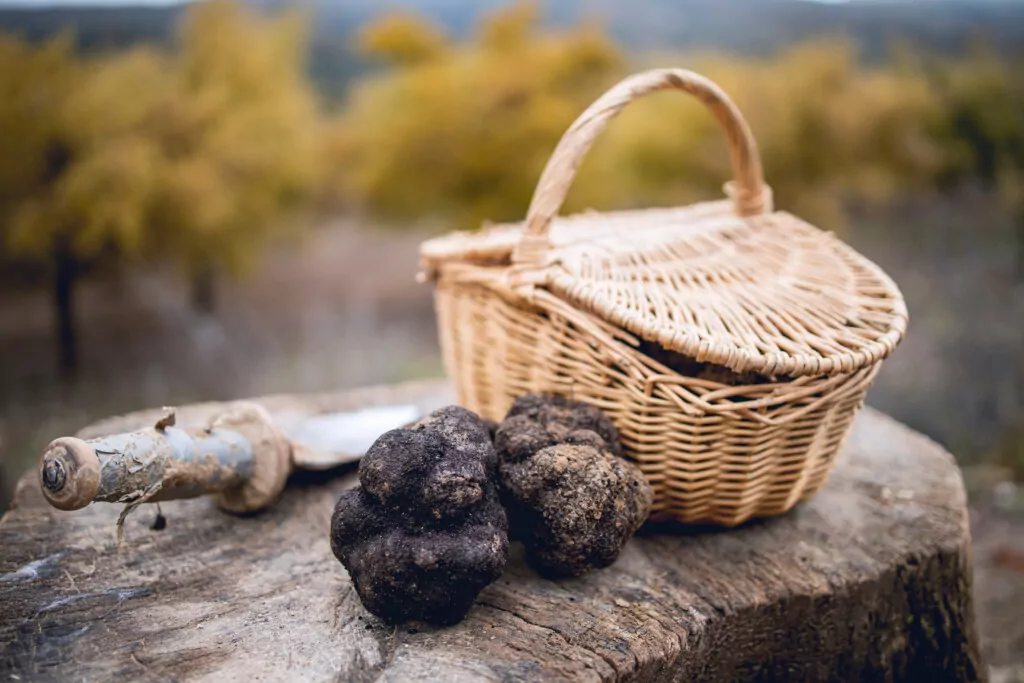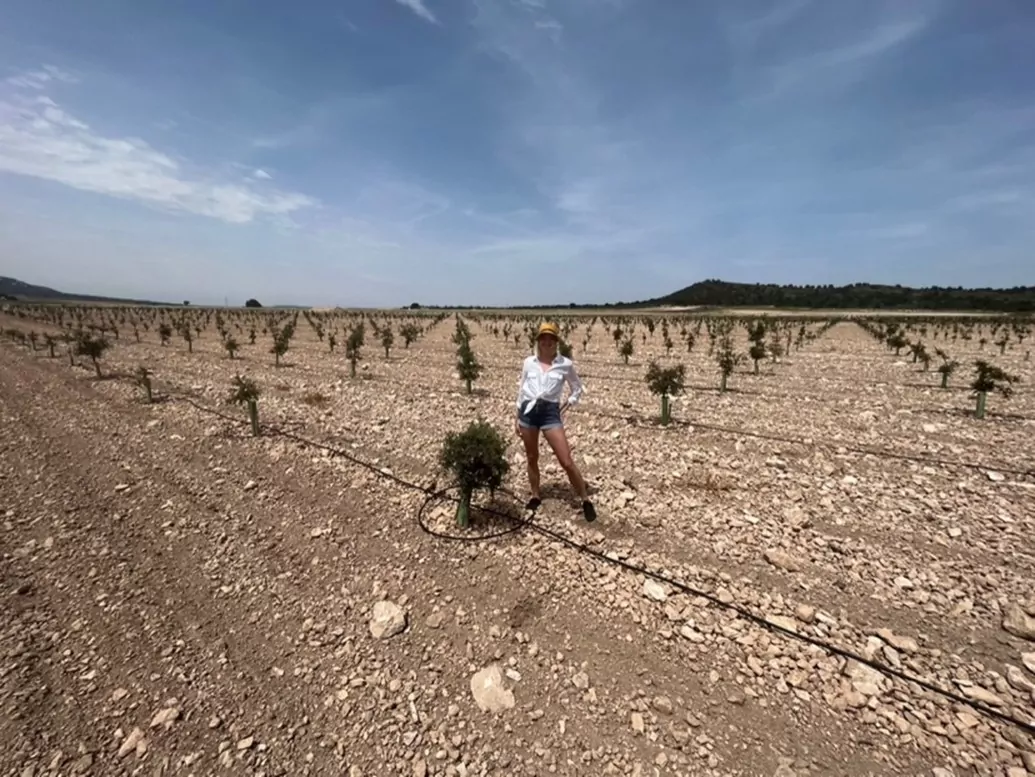When most people think about investing in property overseas, they think about buying a little beach condo somewhere… a piece of real estate that they can enjoy on vacation—and that brings in a bit of rental income.
They probably don’t think about investing in a truffle plantation in Spain, but that’s exactly what my colleague and In Focus: Europe Editor Kat Kalashian has done.
She learned about the upside of investing in productive agricultural land through her work at Live And Invest Overseas. Three years ago, she opted in on an opportunity in Spanish truffles recommended by Lief Simon.
I spoke to Kat, who recently visited her parcel of truffle-growing trees in Spain, about her foray into the world of agri-investment to demystify this subject for others…
Sophia: What made you want to invest in agriculture?
Kat: I like that it’s an investment in something tangible—a piece of land that you can stand on or a parcel of trees that you can visit.
Stocks and bonds are great, but you can’t hold them in your hand; they only exist on paper.
Farmland is one of the world’s oldest asset classes. It will always hold value because the world will always need the things it can produce—cash crops, fruit trees, grape vines, timber, and so on.
Also, land can be repositioned. You can grow or build something else on it down the line if necessary.
The environmental aspects appeal to me… There are problems with big-scale agriculture, of course, but in this case, trees are being planted on raw land, which is better to me than concrete being poured over it to build residential complexes.
My husband and I are interested in alternative investments, particularly ones that don’t need to be reported to the IRS. We’ve invested in art, for instance. An agri-investment was another unique addition to our portfolio.
Sophia: What about the Spanish truffle investment opportunity specifically appealed to you?
Kat: The most appealing thing for us, as Americans who are paid in U.S. dollars but live in Paris, France, was the prospect of earning euro-based income.
It’s slow going… The plants take time to develop and don’t generate income overnight.
That said, we just received our first payment, and it was in line with the team’s projections.
Also, the investment is completely turn-key. We invested three years ago. We just paid the initial outlay, sat back, and waited for our passive, euro-based income to start rolling in.
Sophia: I understand that this is a long-term play, paid out over the course of 30 years… Are you happy with how returns are disbursed?
Kat: Yes, again, we like the fact that it’s a set-and-forget type of investment. You just have to think about the initial outlay, which isn’t very much, and that’s about it.
This is less speculative compared to a buy-to-let condo investment. Return on investment can go up and down with a condo, depending on the market.
You also need to keep a budget for repairs and renovations every 5 or 10 years with a condo, as well as rental management fees.
This truffle investment seems steadier. We like the fact that it’s long-term and that we can keep counting on it going forward with little to no effort on our part.
We also like that it’s a legacy investment… The plants you’re investing in will grow and increase in value and output over time. Who knows—it could be paying for my daughter’s education 10 or 15 years from now.
Sophia: What are the risks with this investment?
Kat: The two main concerns are drought and flooding. Luckily, the farm is a geographically blessed pocket of land.
It’s got a massive water reserve, which the team can draw from when irrigation is needed…
But this is rarely necessary because the farm is surrounded by mountains. Streams trickle down the slopes, particularly during the spring thaw, providing natural water supply.
Flooding can also be a danger, but the team has mitigated that risk by leveling the crop land. So they’re well-prepared for both eventualities: drought and flooding.
Wildlife is another potential risk, especially wild boars and rabbits. When I visited the farm in August of this year, the team was installing fencing and was about two-thirds finished, so wildlife will be less of a risk.
Sophia: What was it like to meet the team, visit your parcel of trees, and do your due diligence in person?
Kat: I was hugely impressed.
The farm manager is extremely knowledgeable and clearly passionate about what he does.
His team is nice and personable… I even got to meet one of the truffle-sniffing dogs on my visit, which was heartwarming.
It’s a busy place… The property manager is always there, as are workers doing maintenance, building fences, working at the greenhouse, and so on.
You pick up on the fact that the people who work there really enjoy their jobs. It’s their passion, and it shows in how the farm and crops are cared for.
If you’re a prospective investor and would like to visit the farm yourself, you can join me and Lief on our tour following the Live And Invest In Spain Conference, coming up Nov. 15–17, in Valencia, Spain.
Find more information about this event here.
Sophia: Would you recommend this opportunity to others?
Kat: Yes, as long as you’re not looking for a quick turnaround. Again, the capital outlay is small, but you don’t start receiving returns until Year 3.
I wish I had invested in my 20s… For older folks, it’s a great legacy play for your children or grandchildren… or it could be part of your retirement plan for Europe.
Whether you’re planning to retire in 5 or 10 years, this is a great opportunity to plug in now so that you’re generating euro income by the time you’re ready to retire.
Sincerely,
Sophia Titley
Editor, Overseas Property Alert


